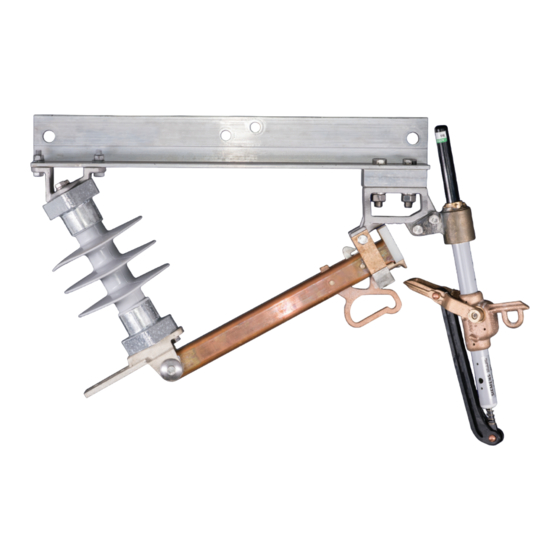
Summarization of Contents
Important Information and Definitions
Important
General information is not intended for specific applications and does not relieve user responsibility for sound practices.
Qualified Person Definition
Defines a qualified person with skills, knowledge, and training for safe equipment installation, operation, and hazard assessment.
Signal Words and Service Information
Signal Words Explanation
Defines signal words (Danger, Warning, Caution, Notice) and their associated hazard levels for user safety.
Field Service and Warranty
Provides contact information for technical guidance, installation, repair, and customer service.
C. Operational Check-out Instructions
Switch Closing Check
Verify latch overlap with hook (0.150-0.300 in.) and latch position below the hook when closed.
Interrupter Check (Closed)
Confirm lever position above blade end with no metal-to-metal contact when switch is closed and interrupter cocked.
Switch Opening Sequence
Monitor blade opening, ensuring contact with interrupter lever before blade leaves jaw assembly and interrupter trips.
D. Maintenance
Periodic Operation and Lubrication
Periodically operate switch, check actions, clean/lubricate jaw contacts and blade ends with approved grease.
Hinge Lubrication
Lubricate hinge with factory-approved lubricant if light effort is required after clearing interrupter lever.
Interrupter Action Check
Check interrupter mechanical action; clean/re-lubricate push rod if stiff, or replace if heavily corroded.
Visual Inspection Checklist
Inspect for cracked insulators, damage to hot parts, loose hardware, and terminal pad condition (thermal vision preferred).















Need help?
Do you have a question about the B-2 and is the answer not in the manual?
Questions and answers